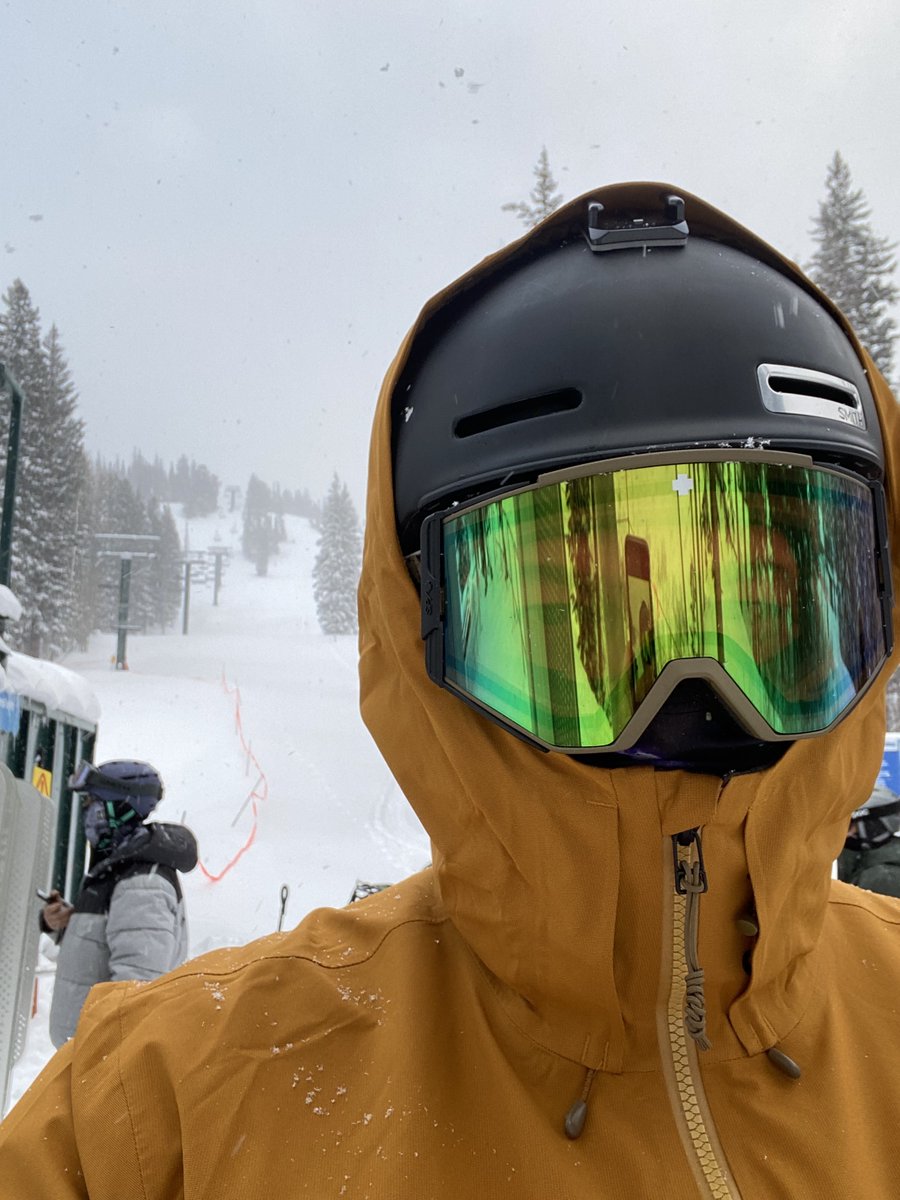


Over the next decade, as Markram began feeding terabytes of data into an IBM supercomputer and reconstructing a collection of neurons in the sensory cortex, he and Hess continued to meet and discuss how they might use her specialized knowledge to understand what he was creating. Markram and Hess met through a mutual researcher friend 12 years ago, right around the time Markram was launching Blue Brain-the Swiss institute’s ambitious bid to build a complete, simulated brain, starting with the rat. Representing 55 distinct types of neurons and 36 million synapses all firing in a space the size of pinhead, the simulation is the brainchild of Henry Markram. In a multimillion-dollar supercomputer in a building on the same campus where Hess has spent 25 years stretching and shrinking geometric objects in her mind, lives one of the most detailed digital reconstructions of brain tissue ever built.

If you can call understanding the dynamics of a virtual rat brain a real-world problem. It’s only recently that pure mathematicians like Hess have begun applying their way of seeing the world to more applied, real-world problems. Algebraic topologists have lived almost exclusively in multidimensional universes of their own calculation for decades. If that all sounds annoyingly abstract, well, it kind of is. It uses algebra to attack the following question: If given two geometric objects, can you deform one to another without making any cuts? The answer, when it comes to bagels and coffee mugs, is yes, yes you can. Hess, a researcher at the Swiss Federal Institute of Technology, is one of the world’s leading thinkers in the field of algebraic topology-in super simplified terms, the mathematics of rubbery shapes. Kathryn Hess can’t tell the difference between a coffee mug and a bagel.


 0 kommentar(er)
0 kommentar(er)
